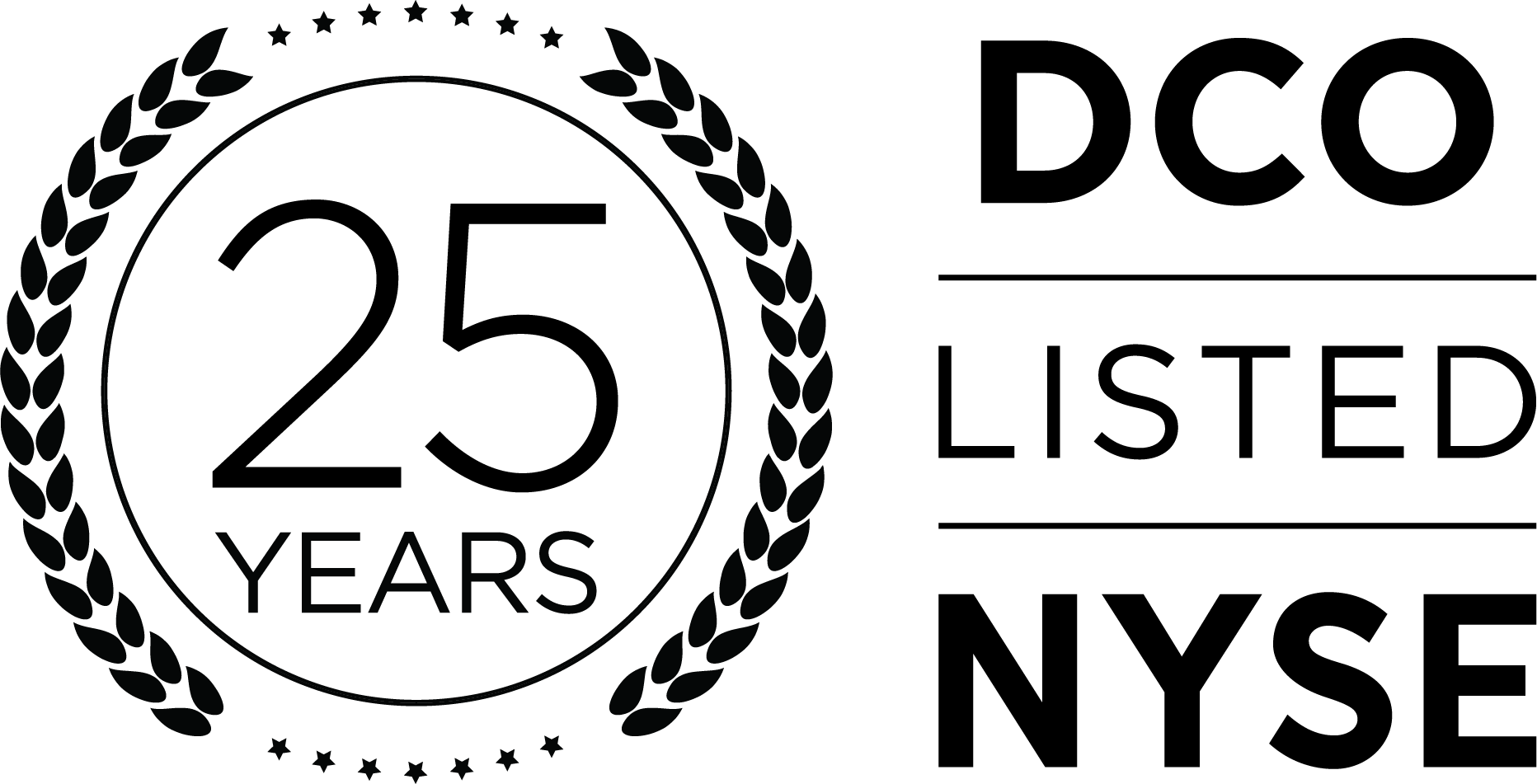Ducommun Incorporated Announces Long-Term Contract to Build 767 Rigid Cargo Barrier
LOS ANGELES, California (January 9, 2007) -- Ducommun Incorporated (NYSE: DCO) today announced that its Ducommun AeroStructures, Inc. (DAS) subsidiary has been awarded a multi-year contract with Boeing Commercial Airplanes to supply Rigid Cargo Barriers for the 767 family of airplanes. The Rigid Cargo Barrier is the main structural member between the forward fuselage and the cargo area for the freighter version of the Boeing 767. Production will continue at DAS’s Monrovia, California facility through 2011.
Joseph C. Berenato, chairman, president and chief executive officer of Ducommun, stated, “We are pleased to extend the term of our statement of work on the Boeing 767 freighter conversion program. We believe that this contract award reaffirms our efforts in providing our customers with the Best Value solution of quality, delivery and price. Furthermore, it reinforces our efforts in providing to our customers the best complex assembly capability available in the marketplace today.”
Ducommun AeroStructures manufactures large, complex structural components and assemblies in aluminum, specialty alloys such as titanium, metal bond and composites for a wide variety of military and commercial aerospace applications.
Founded in 1849, Ducommun Incorporated provides engineering and manufacturing services to the aerospace and defense industry.
The statements made in this press release include forward-looking statements that involve risks and uncertainties. The Company’s future financial results could differ materially from those anticipated due to the Company’s dependence on conditions in the airline industry, the level of new commercial aircraft orders, production rates for Boeing commercial and military aircraft, the level of defense spending, competitive pricing pressures, manufacturing inefficiencies, start-up costs and possible overruns on new contracts, technology and product development risks and uncertainties, product performance, risks associated with acquisitions and dispositions of businesses by the Company, increasing consolidation of customers and suppliers in the aerospace industry, possible goodwill impairment, availability of raw materials and components from suppliers, and other factors beyond the Company’s control. See the Company’s Form 10-K for the year ended December 31, 2005 and Form 10-Q for the quarter ended September 30, 2006 for a more detailed discussion of these and other risk factors and contingencies.
Joseph C. Berenato, chairman, president and chief executive officer of Ducommun, stated, “We are pleased to extend the term of our statement of work on the Boeing 767 freighter conversion program. We believe that this contract award reaffirms our efforts in providing our customers with the Best Value solution of quality, delivery and price. Furthermore, it reinforces our efforts in providing to our customers the best complex assembly capability available in the marketplace today.”
Ducommun AeroStructures manufactures large, complex structural components and assemblies in aluminum, specialty alloys such as titanium, metal bond and composites for a wide variety of military and commercial aerospace applications.
Founded in 1849, Ducommun Incorporated provides engineering and manufacturing services to the aerospace and defense industry.
The statements made in this press release include forward-looking statements that involve risks and uncertainties. The Company’s future financial results could differ materially from those anticipated due to the Company’s dependence on conditions in the airline industry, the level of new commercial aircraft orders, production rates for Boeing commercial and military aircraft, the level of defense spending, competitive pricing pressures, manufacturing inefficiencies, start-up costs and possible overruns on new contracts, technology and product development risks and uncertainties, product performance, risks associated with acquisitions and dispositions of businesses by the Company, increasing consolidation of customers and suppliers in the aerospace industry, possible goodwill impairment, availability of raw materials and components from suppliers, and other factors beyond the Company’s control. See the Company’s Form 10-K for the year ended December 31, 2005 and Form 10-Q for the quarter ended September 30, 2006 for a more detailed discussion of these and other risk factors and contingencies.
